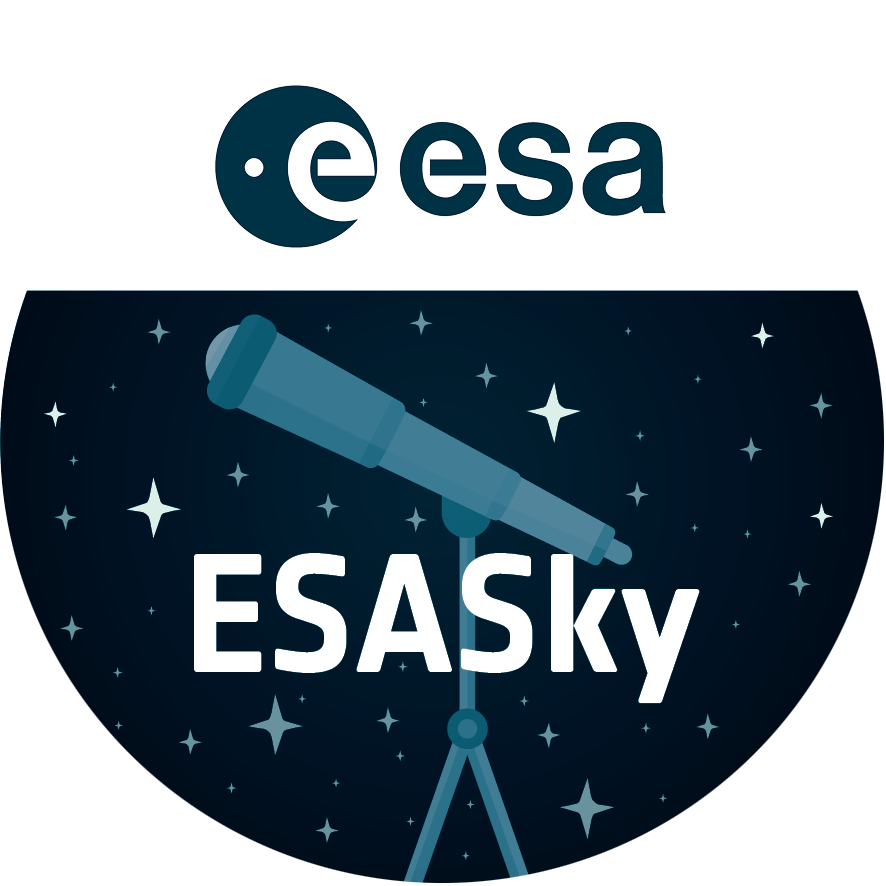A sea monster and a Tarantula
A scene from a star-forming factory shines in this NASA/ESA Hubble Space Telescope Picture of the Week. This Hubble picture captures incredible details in the dusty clouds in a star-forming region called the Tarantula Nebula. What’s possibly the most amazing aspect of this detailed image is that this nebula isn’t even in our galaxy. Instead, it’s in the Large Magellanic Cloud, a dwarf galaxy that is located about 160 000 light-years away in the constellations Dorado and Mensa.
The Large Magellanic Cloud is the largest of the dozens of small satellite galaxies that orbit the Milky Way. The Tarantula Nebula is the largest and brightest star-forming region not just in the Large Magellanic Cloud, but in the entire group of nearby galaxies to which the Milky Way belongs.
The Tarantula Nebula is home to the most massive stars known, some of which are roughly 200 times as massive as our Sun. The scene pictured here is located away from the centre of the nebula, where there is a super star cluster called R136, but very close to a rare type of star called a Wolf–Rayet star. Wolf–Rayet stars are massive stars that have lost their outer shell of hydrogen and are extremely hot and luminous, powering dense and furious stellar winds.
This nebula is a frequent target for Hubble, whose multiwavelength capabilities are critical for capturing sculptural details in the nebula’s dusty clouds. The data used to create this image come from an observing programme called Scylla, named for a multi-headed sea monster from the Greek myth of Ulysses. The Scylla programme was designed to complement another Hubble observing programme called ULLYSSES (Ultraviolet Legacy Library of Young Stars as Essential Standards). ULLYSSES targets massive young stars in the Small and Large Magellanic Clouds, while Scylla investigates the structures of gas and dust that surround these stars.
[Image Description: A nebula. The top-left is dense with layers of fluffy pink and greenish clouds. Long strands of green clouds stretch out from here; a faint layer of translucent blue dust combines with them to create a three-dimensional scene. A sparse network of dark dust clouds in the foreground adds reddish-black patches atop the nebula. Blue-white and orange stars, from our galaxy and beyond, are spread amongst the clouds.]
Links
Credit:ESA/Hubble & NASA, C. Murray
About the Image
| Id: | potw2531a |
|---|---|
| Type: | Observation |
| Release date: | 4 August 2025, 06:00 |
| Size: | 3705 x 5322 px |
About the Object
| Distance: | 160000 light years |
|---|---|
| Constellation: | Dorado |
| Category: | Nebulae |
Image Formats
Classic Wallpapers
Coordinates
| Position (RA): | 5 37 42.45 |
|---|---|
| Position (Dec): | -69° 5' 7.93" |
| Field of view: | 2.45 x 3.52 arcminutes |
| Orientation: | North is 86.3° right of vertical |
Colours & filters
| Band | Wavelength | Telescope |
|---|---|---|
| Ultraviolet UV | 275 nm |
Hubble Space Telescope
WFC3 |
| Optical U | 336 nm |
Hubble Space Telescope
WFC3 |
| Optical g | 475 nm |
Hubble Space Telescope
WFC3 |
| Optical I | 814 nm |
Hubble Space Telescope
WFC3 |


